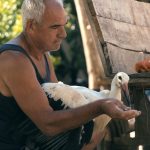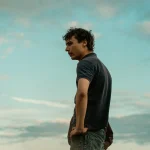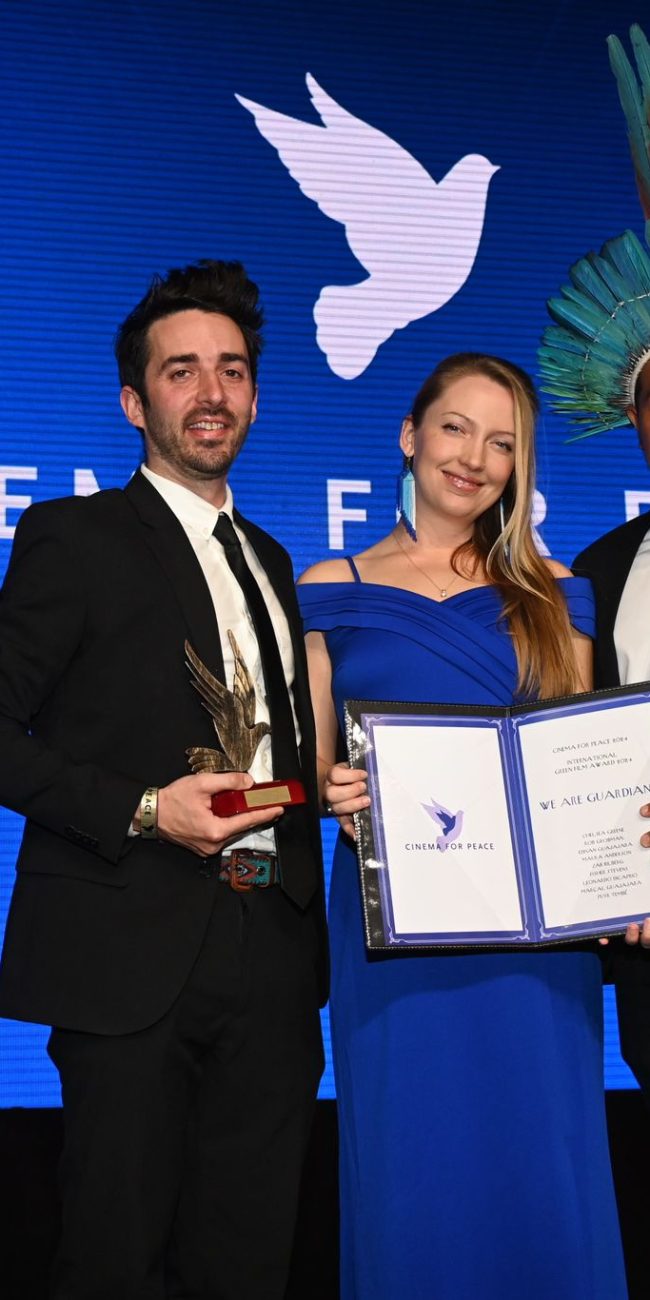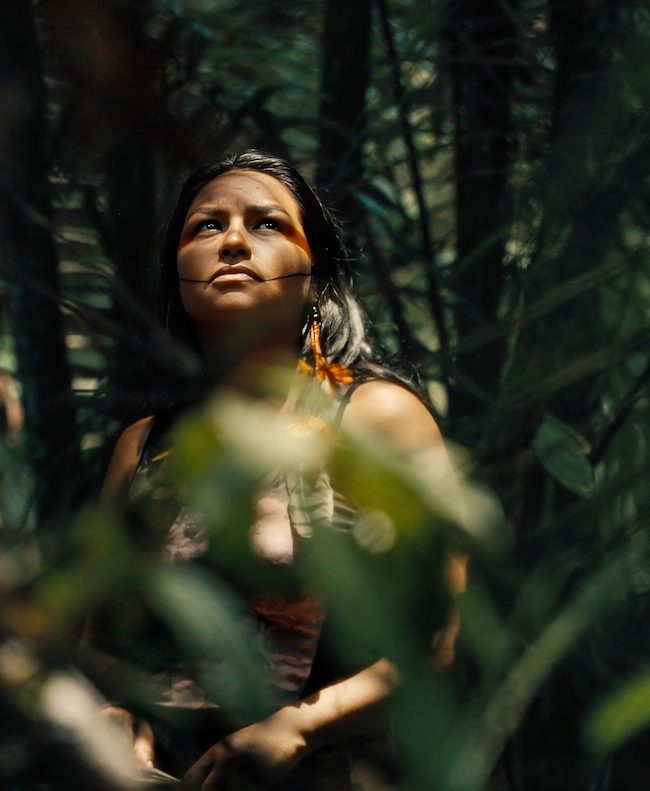THE TALE OF SILYAN
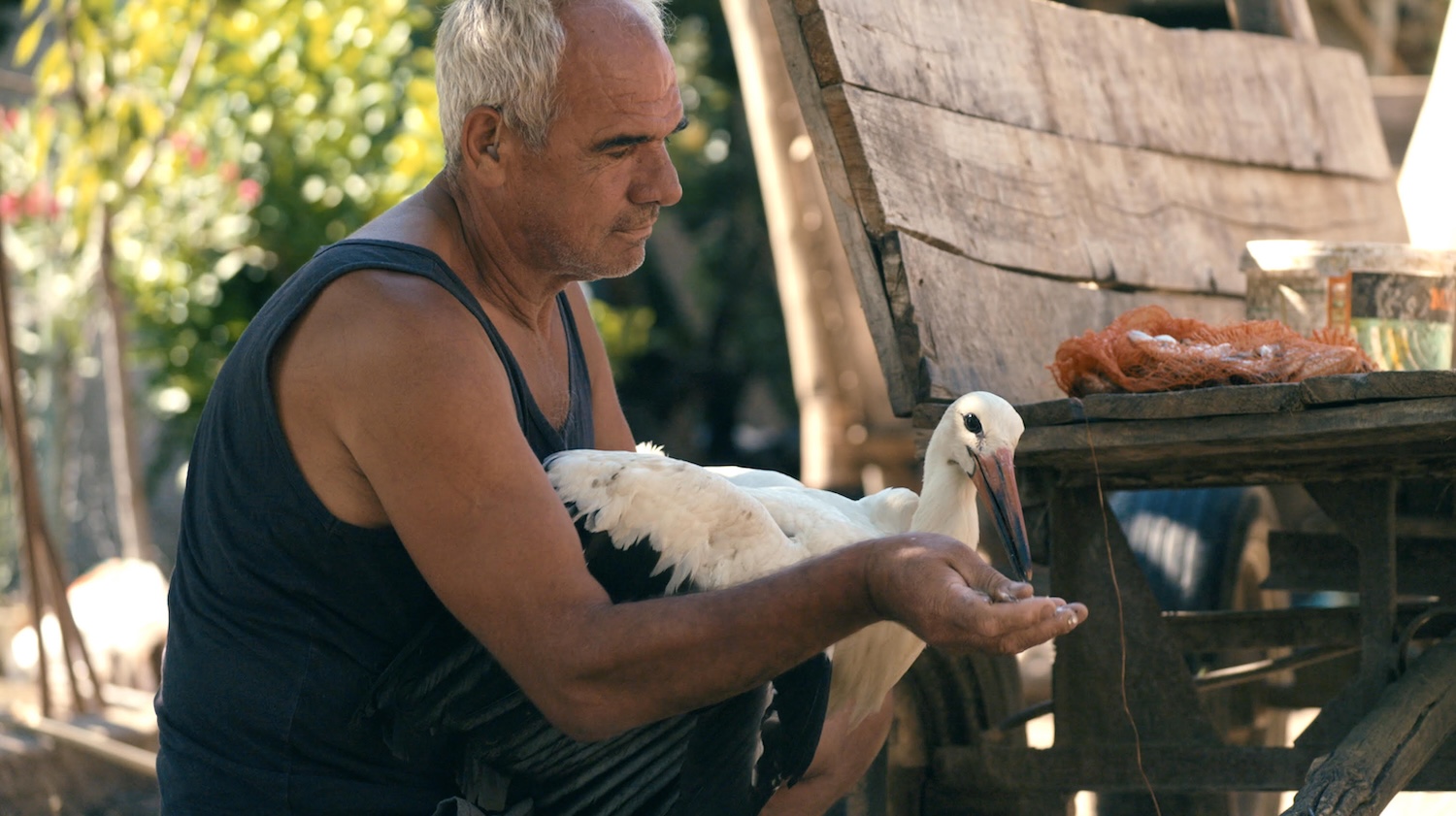
(The Toronto International Film Festival (or TIFF) marks its 50th anniversary this year. TIFF 50 runs September 4-14, with the fest’s usual vast array of movies playing in venues around the downtown entertainment district. Chris Reed has boots on the ground and lots to read about like this The Tale of Silyan movie review. Seen it? Join the conversation with HtN on our Letterboxd Page.)
No one needs me to tell them that the world is changing around us, and not for the better. Climate change is real, the rich screw the poor, and working stiffs find it ever harder to survive in the human-eat-human universe out there. In The Tale of Silyan, director Tamara Kotevska (Honeyland) trains her documentary lens on the village of Češinovo, in her native Macedonia, home to the largest population of white storks in the world. It’s a gorgeous movie, and also a profoundly sad one.
The “Tale of Silyan,” from which the film takes its title, is a 17th-century local legend about a boy cursed by his father for wanting to leave home. That curse turns him into a stork, and thereafter his father mourns his disappearance, unaware that the strange and lonely bird he soon takes into his home is his own progeny. In present-day Macedonia, this fable is recreated through a series of unfortunate circumstances.
First, we meet farmer Nikola and his wife Jana, whose land has long been a fertile source of crops, as well as of wildlife on which the storks feed. The happy couple lives with their daughter Ana and her husband and child (also a daughter). Nikola and Jana’s other child—a son—left many years prior to seek opportunities elsewhere. Nikola is still bitter.
But soon, a new tragedy strikes, as the Macedonian government refuses to pay the prices the farmers need to make their business profitable. As a result, in a series of labor strikes, the farmers destroy their crops and throw away the rest. Next season, the land remains unplowed. Ana and her family leave for Germany to find a job there. Jana follows. Nikola stays behind to sell their property.
Without farmers’ harvests, the storks will starve unless they locate another food source, which they do in the trash heaps nearby. Nikola, working at the dump, rescues one such stork who has sustained an injury, and names him Silyan. In this way, the legend comes alive.
Cinematographer Jean Dakar (Kotevska’s 2023 The Walk) photographs the area in stunning images, tracking the storks in flight and capturing the landscapes in golden hour. Through this beauty, what is devastating becomes somewhat more bearable. It is still difficult to watch at times, however. Innocence destroyed is always heart-rending.
Fortunately, Kotevska is able to craft a positive trajectory, thanks to Nikola’s efforts and subsequent changes in circumstances. This particular tale of Silyan may not quite come full circle to the opening idyll, but it avoids despondent doom and gloom. There is hope for us yet. Nature, and humanity, can heal.
– Christopher Llewellyn Reed (@ChrisReedFilm)
2025 Toronto International Film Festival; Tamara Kotevska; The Tale of Silyan movie review


